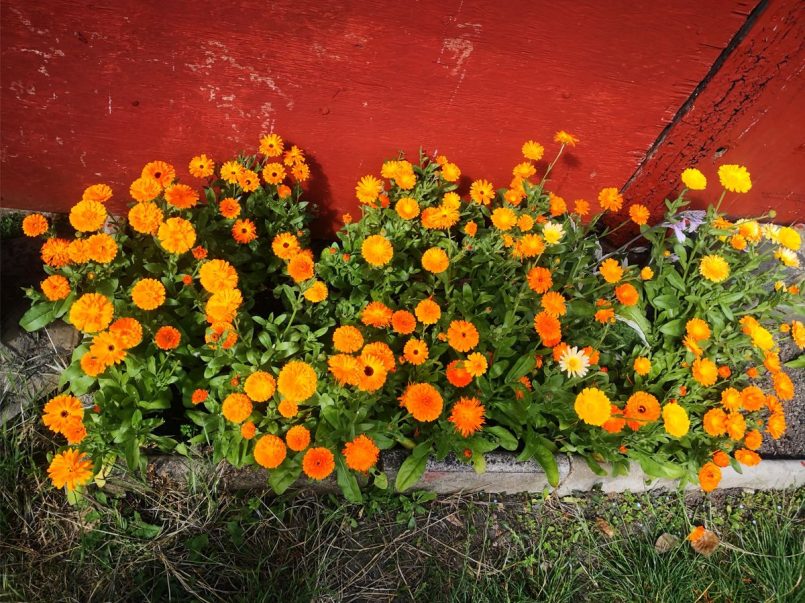They are not just pretty orange flowers that grow and self-seed easily in most soil types, calendula flowers can help with the condition of skin and hair, and promote healing. You only need to start them from seed or buy plants once, because from then on they will self-seed and reward you with a flush of orange flowers every year. They have a long flowering season and are low maintenance. Snip off fresh flowers as often as you like and use them to make oils, creams or spices. Read on to find out how to grow and dry calendula flowers, and make calendula oil from them…
Growing calendula
If you are starting off your calendula flowers from seed, then sow them directly in the ground between March and May. They will grow in any well-drained soil, ideally in partial shade. After sowing, simply water them if it hasn’t rained for a while.
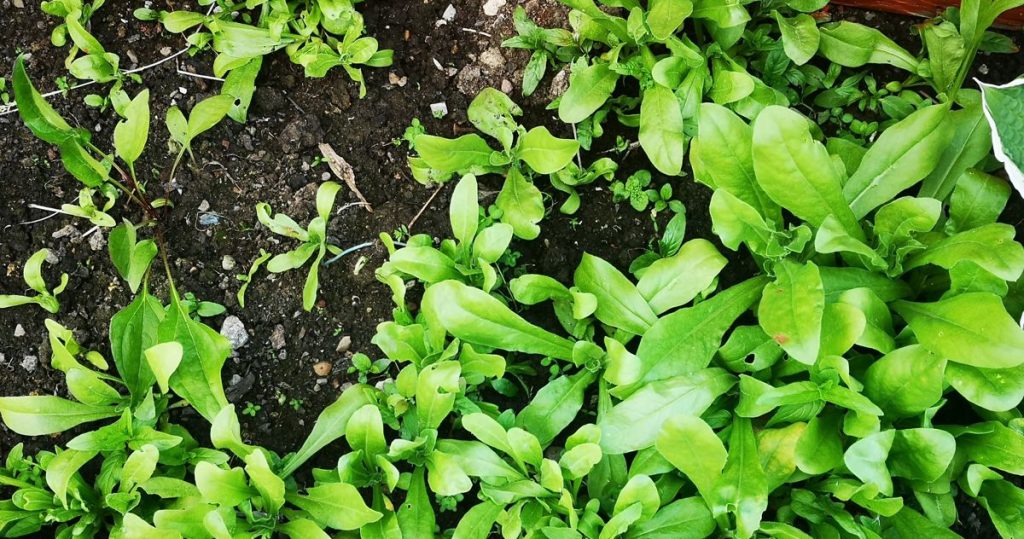
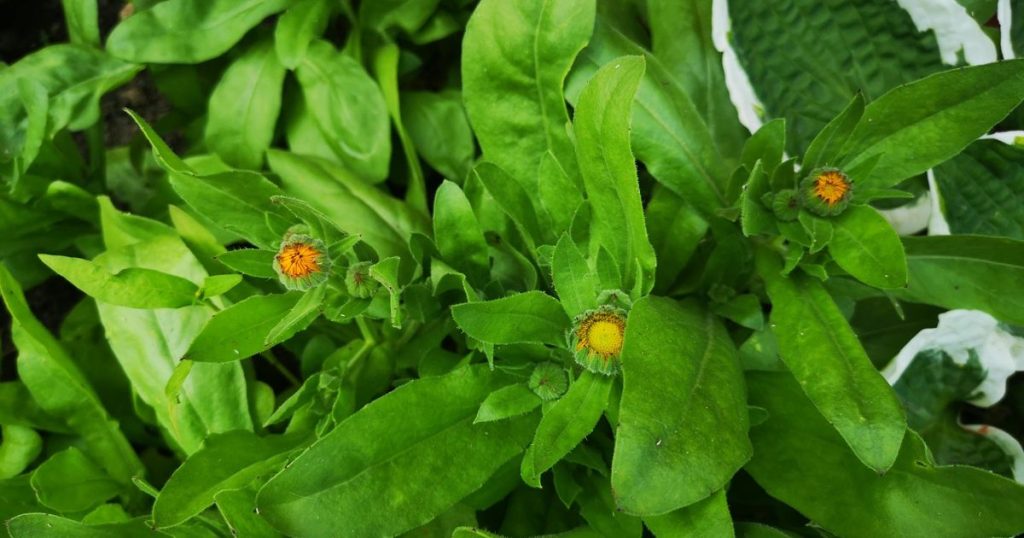
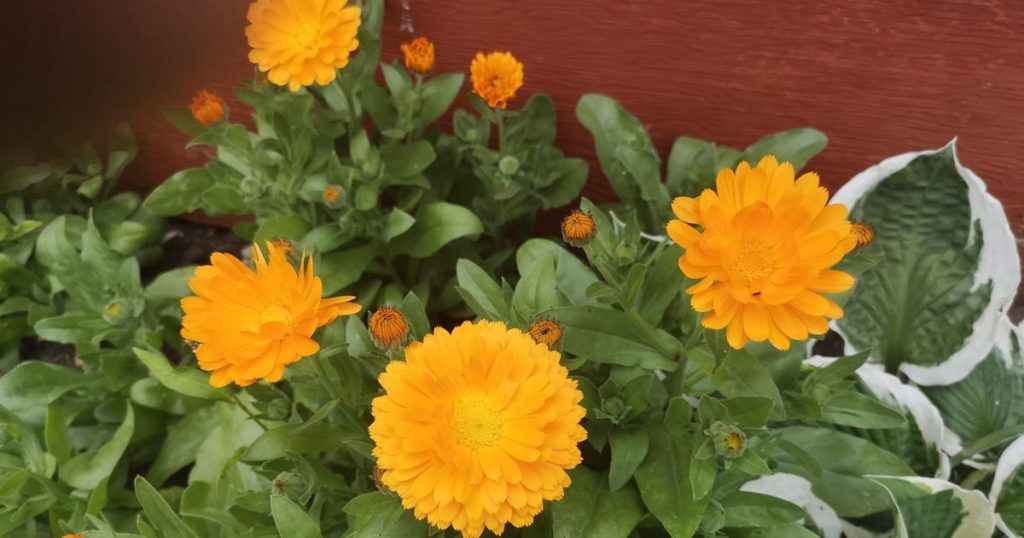
Drying calendula flowers
Place the freshly cut flowers onto a tray, ideally one that allows air to circulate. Leave them to dry at room temperature away from strong sunlight.
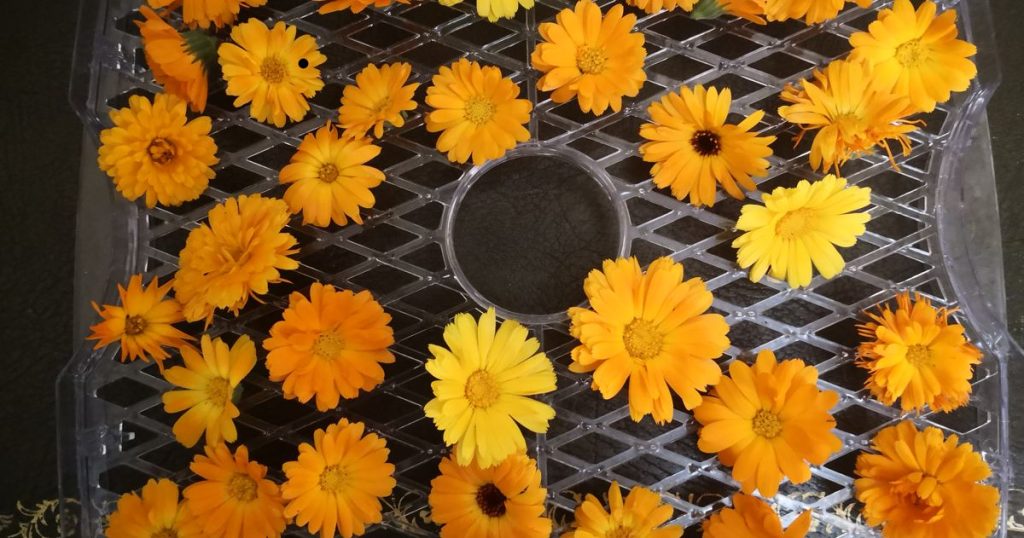
After a couple of weeks, the flowers should be dry. Check that they are fully dry by sealing them inside a clean, dry glass jar. After a few days, check the inside of the lid. If there is moisture on the inside of the lid, return the flowers to the tray and leave them to dry for a little longer. Repeat the checking process in the jar every few days until the lid is dry.
How to make calendula oil for skin and hair
The dried calendula flowers need soaking in a carrier oil for 3-6 weeks. There are many carrier oils to choose from, but some oils absorb into the skin more quickly than others. Carrier oils with an absorption rating of 0 do not clog pores, whereas oils with a rating of 5 are most likely to block pores. If your skin is prone to blemishes, then choose an oil with an absorption rating of between 0 and 2. Some common carrier oils are listed below:
- Sweet almond oil – 3 (I use this oil)
- Argan oil – 3
- Coconut oil – 4
- Olive oil – 3
- Evening primrose oil – 5
Once you have chosen your oil, you are ready to go.
What you need:
- Dried calendula flowers
- Carrier oil
- Muslin cloth or nylon sieve
- Clean, dry glass jars
- Cloth or paper bag plus clip
- Dark glass dropper bottle
Method
Step 1
Place the dried flowers in a clean, dry glass jar and pour over enough oil to cover the flowers, plus an extra inch. Seal the lid and place the jar in a paper or cloth bag to protect them from the sunlight. They need warmth, so put the bagged jar onto a sunny windowsill. Shake the jar every day, or whenever you remember.
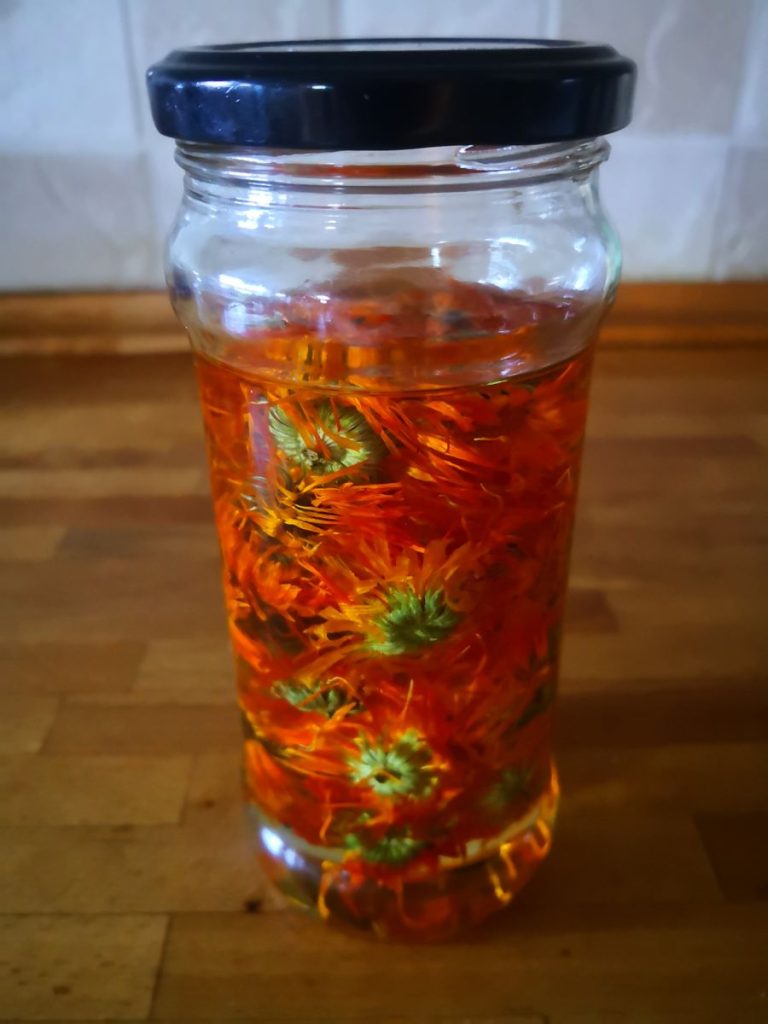
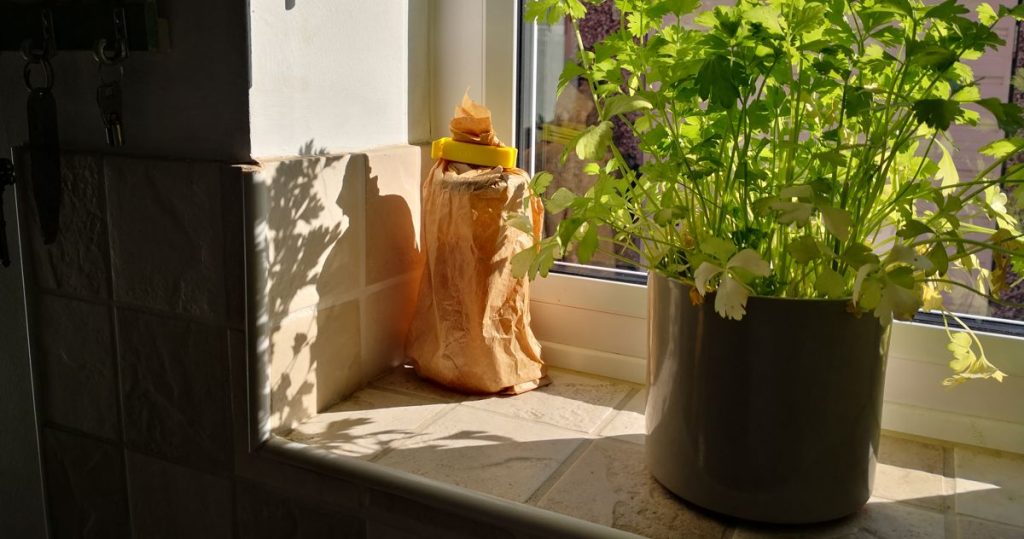
Step 2
After 3-6 weeks, strain the flowers and oil through a nylon sieve or muslin bag, pressing out as much of the oil as possible. Then discard the flowers.
Step 3
Pour some of the oil into a dark glass dropper bottle and use as part of your skincare or haircare routine.
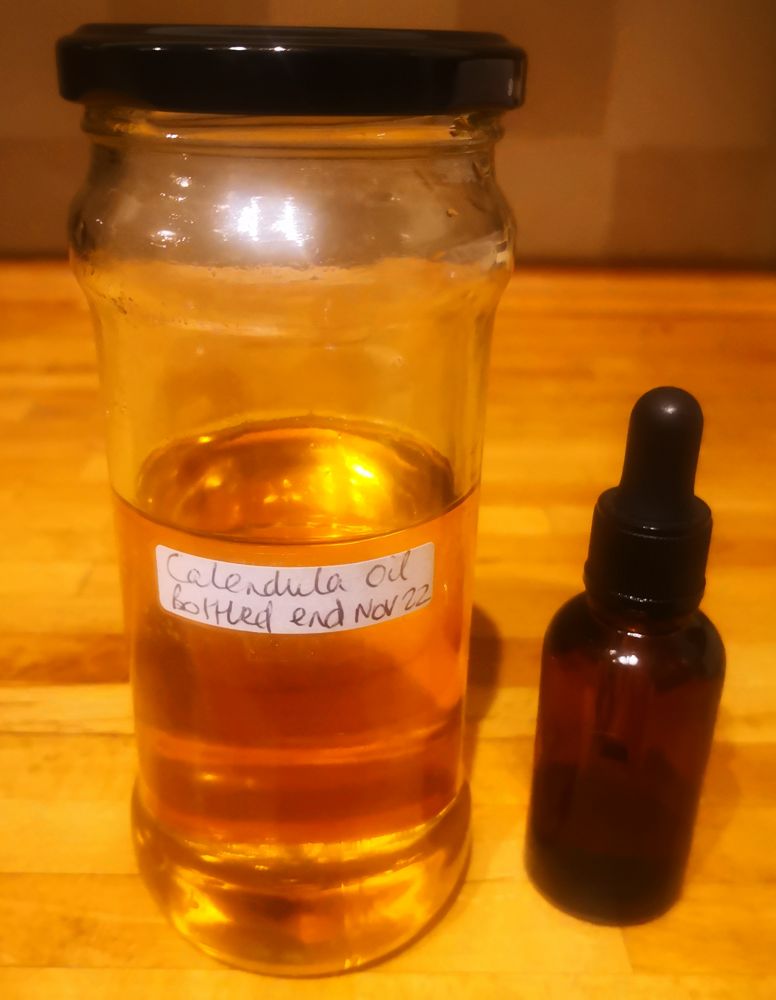
Pour the rest into a jar and store it in a dark cupboard. Label it with the date and check the expiry of the carrier oil you used, writing the use-by date on the jar as well.
A cheap and natural addition to your health and beauty regime…enjoy!
